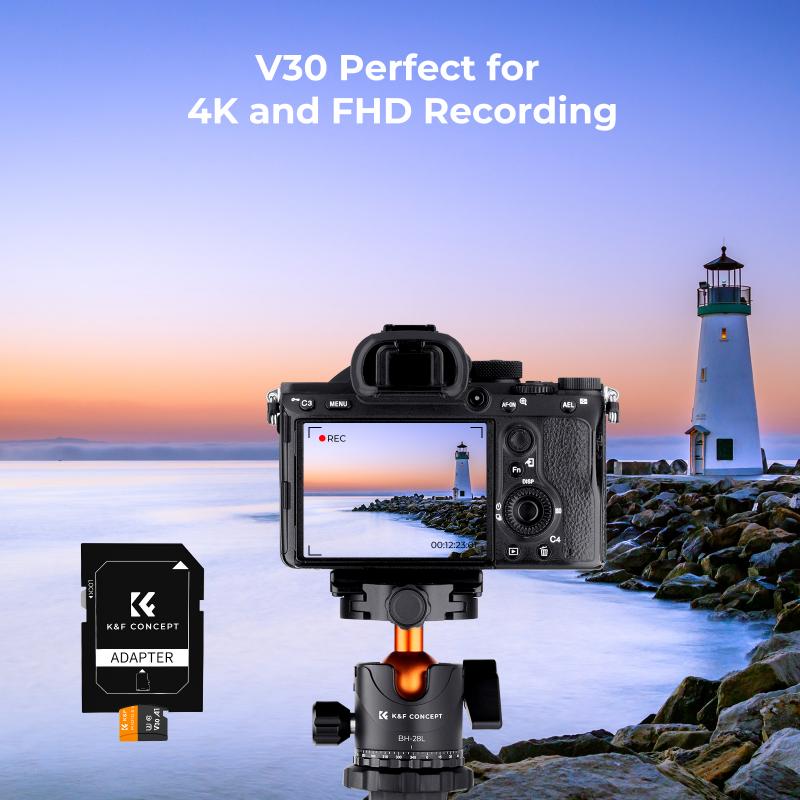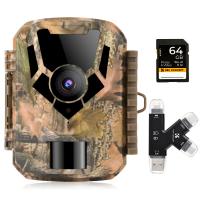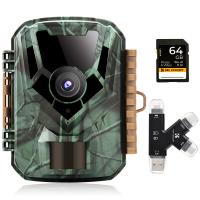How To Delete A Write Protected Sd Card?
Deleting data from a write-protected SD card can be a challenging task, especially for those who are not familiar with the technical aspects of storage devices. Write protection is a feature that prevents data from being modified or deleted, ensuring the integrity and security of the information stored on the card. However, there are instances when you may need to remove this protection to delete or modify the data. This article will guide you through the process of deleting data from a write-protected SD card, covering various methods and troubleshooting tips to help you achieve your goal.
Understanding Write Protection

Before diving into the methods to delete data from a write-protected SD card, it is essential to understand what write protection is and why it is used. Write protection is a security feature that prevents data from being altered or deleted. It is commonly used to protect important files from accidental deletion or modification. Write protection can be enabled through a physical switch on the SD card or through software settings.
Methods to Remove Write Protection

There are several methods to remove write protection from an SD card. The method you choose will depend on the type of write protection and the tools available to you. Here are some common methods:
1. Physical Switch

Many SD cards come with a physical switch that can be toggled to enable or disable write protection. This switch is usually located on the side of the SD card. To remove write protection using the physical switch, follow these steps:
1. Locate the Switch: Find the small switch on the side of the SD card. It is usually labeled with "Lock" and an arrow indicating the direction to enable or disable write protection.
2. Toggle the Switch: Move the switch to the "Unlock" position. This will disable write protection and allow you to delete or modify the data on the SD card.
3. Insert the SD Card: Insert the SD card into your device and check if you can now delete or modify the data.
2. Diskpart Utility (Windows)

If your SD card does not have a physical switch or if the switch method does not work, you can use the Diskpart utility on Windows to remove write protection. Diskpart is a command-line tool that allows you to manage disks and partitions. Here are the steps to remove write protection using Diskpart:
1. Open Command Prompt: Press `Win + R` to open the Run dialog box. Type `cmd` and press Enter to open Command Prompt.
2. Launch Diskpart: In the Command Prompt window, type `diskpart` and press Enter. This will launch the Diskpart utility.
3. List Disks: Type `list disk` and press Enter. This will display a list of all the disks connected to your computer.
4. Select Disk: Identify the disk number corresponding to your SD card. Type `select disk X` (replace X with the disk number of your SD card) and press Enter.
5. Attributes Disk Clear: Type `attributes disk clear readonly` and press Enter. This command will remove the write protection from the selected disk.
6. Exit Diskpart: Type `exit` and press Enter to close the Diskpart utility.
After completing these steps, try to delete or modify the data on your SD card.
3. Registry Editor (Windows)
Another method to remove write protection is by modifying the Windows Registry. This method should be used with caution, as incorrect changes to the registry can cause system issues. Follow these steps to remove write protection using the Registry Editor:
1. Open Registry Editor: Press `Win + R` to open the Run dialog box. Type `regedit` and press Enter to open the Registry Editor.
2. Navigate to StorageDevicePolicies: In the Registry Editor, navigate to the following path: `HKEY_LOCAL_MACHINE\SYSTEM\CurrentControlSet\Control\StorageDevicePolicies`.
3. Modify WriteProtect Value: In the right pane, double-click on the `WriteProtect` value. Change the value data from `1` to `0` and click OK.
4. Close Registry Editor: Close the Registry Editor and restart your computer.
After restarting, check if the write protection has been removed and if you can delete or modify the data on your SD card.
4. Third-Party Software
There are several third-party software tools available that can help you remove write protection from an SD card. These tools often come with additional features for managing and repairing storage devices. Some popular third-party tools include:
- SD Formatter: Developed by the SD Association, this tool can format SD cards and remove write protection.
- EaseUS Partition Master: A comprehensive disk management tool that can remove write protection and perform other disk-related tasks.
- MiniTool Partition Wizard: Another powerful disk management tool that can help you remove write protection and manage partitions.
Troubleshooting Tips
If you have tried the above methods and are still unable to remove write protection from your SD card, here are some additional troubleshooting tips:
1. Check for Physical Damage: Inspect your SD card for any physical damage. A damaged SD card may not function correctly and could be the reason for write protection issues.
2. Try a Different Device: Insert the SD card into a different device or card reader to see if the issue persists. Sometimes, the problem may be with the device or card reader rather than the SD card itself.
3. Update Drivers: Ensure that your device's drivers are up to date. Outdated drivers can cause compatibility issues and prevent you from modifying the SD card.
4. Scan for Malware: Run a malware scan on your computer to check for any malicious software that may be causing write protection issues.
Deleting data from a write-protected SD card can be a frustrating experience, but with the right methods and tools, it is possible to remove write protection and regain control over your data. Whether you use the physical switch, Diskpart utility, Registry Editor, or third-party software, each method has its own advantages and can help you achieve your goal. By following the steps outlined in this article and troubleshooting any issues that arise, you can successfully delete data from a write-protected SD card and ensure the security and integrity of your storage devices.












There are no comments for this blog.